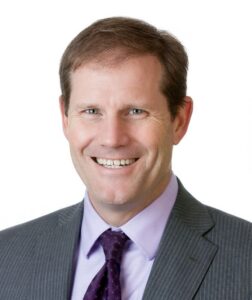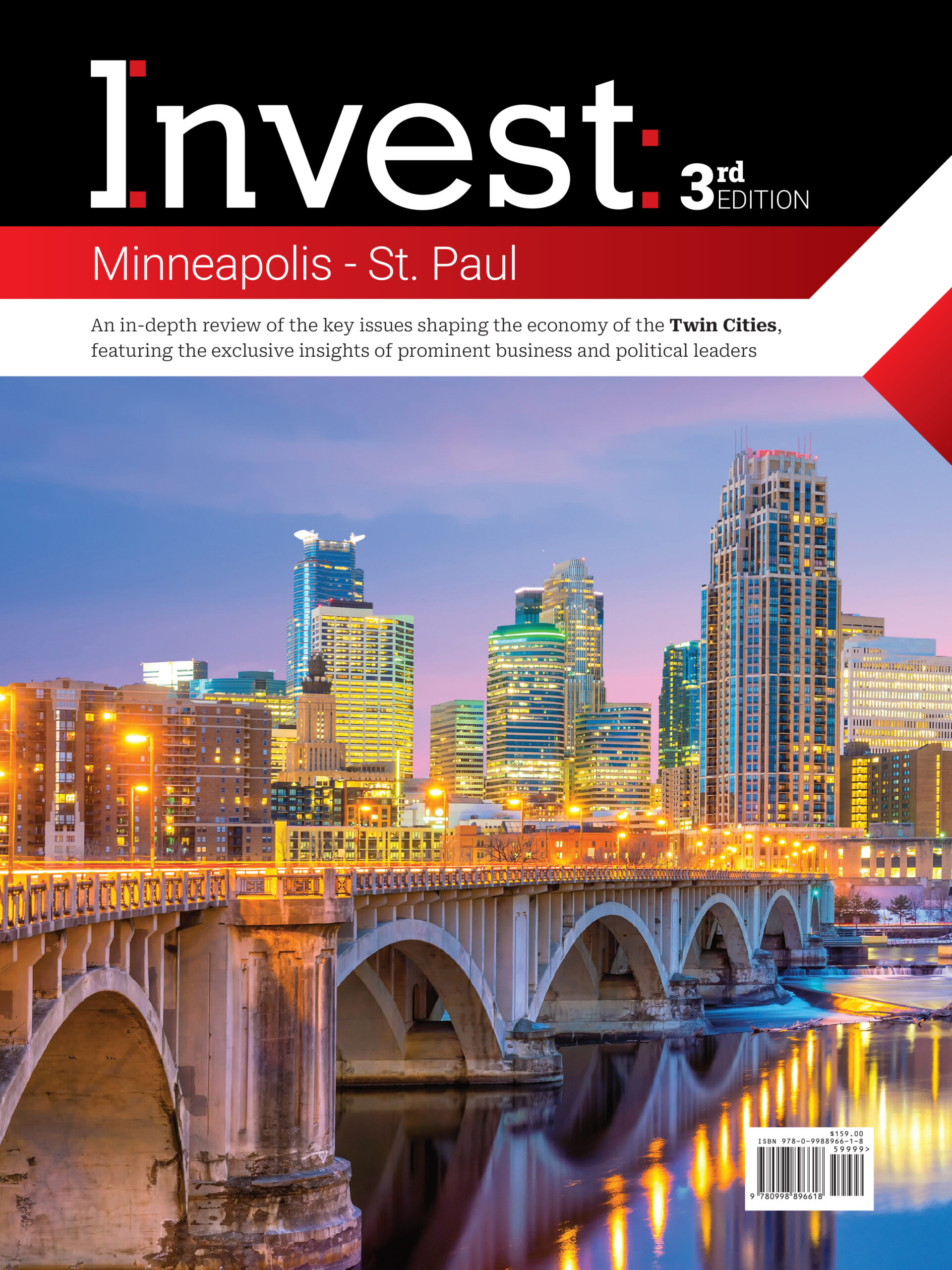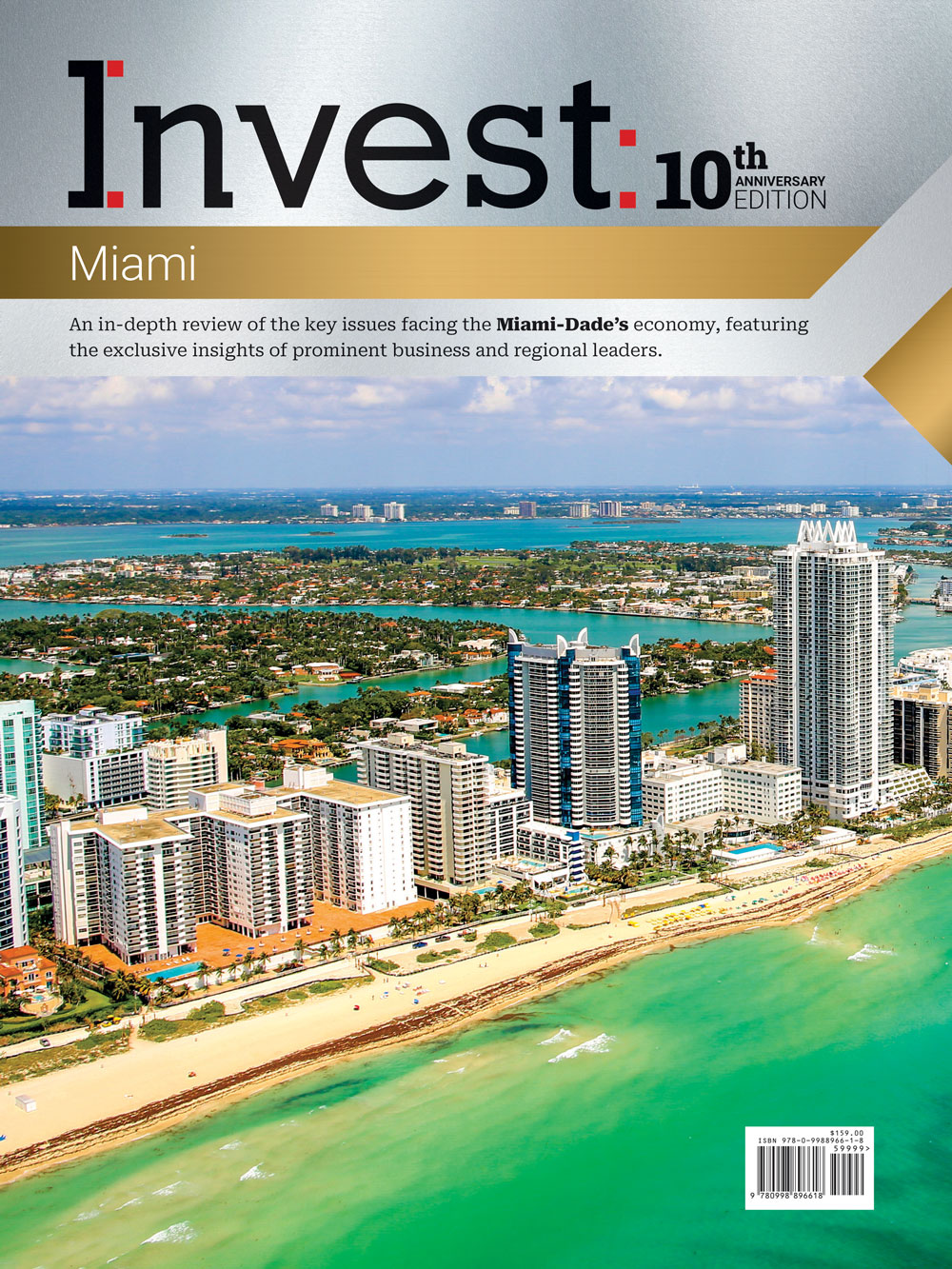Spotlight On: Todd Williams, President, Fidelity Bank
 November 2021 — Todd Williams, president of Fidelity Bank, thinks the last year has been a good experience in which the bank had to adapt to different conditions but also take advantage of the opportunities provided by the PPP funding and the liquidity provided to the economy. His outlook for the bank and his clients in the Twin Cities region is positive, he told Invest:.
November 2021 — Todd Williams, president of Fidelity Bank, thinks the last year has been a good experience in which the bank had to adapt to different conditions but also take advantage of the opportunities provided by the PPP funding and the liquidity provided to the economy. His outlook for the bank and his clients in the Twin Cities region is positive, he told Invest:.
How has Fidelity Bank continued to grow despite the challenges posed by the pandemic?
I think the pandemic created a lot of different avenues to grow within the economy. One of the biggest factors contributing to unexpected growth is the lower interest rate environment resulting in a huge refinancing boom and various transactional commercial business. Fidelity Bank does quite a bit of mortgage warehouse lending across the country, primarily to privately held mortgage bankers. Additionally we doubled down on technology and increased capacity thus providing room to essentially quadruple our warehouse capabilities. It was interesting to see the dynamic of being able to serve our clients and prospects remotely and fill a huge gap in the market while expanding throughout all our product channels. It was a good experience for us and really a great test.
How did you maintain profitability in the low-rate environment?
Participating in the SBA PPP program and how we geared up and funded all these loans almost overnight was a big part of it. A majority of our PPP loans were financed in the initial two to three weeks of the program, unfortunately the proceeds from the PPP notes paid down our revolving lines of credit at rates of approximately 4% with PPP funding at 1%. If you look at most bankers, they were supported by the PPP fees booked last year and into this year. What you’re seeing is a little bit of a cushion related to these PPP fees compared to the interest rate compression. Another big driver again is the significant increase in mortgage business supporting our warehouse facilities.
I think as the PPP liquidity burns off and the economy starts taking off, what you’re going to find is further compression in the interest rate margin. I feel most banks will reduce their expenses and become more efficient through technology as well as reducing their borrowing costs.
We’ve been in a low-interest environment for quite some time, and I think banks will continue to counteract this environment through efficiencies, consolidation, trying to drive fee income, and finding niches.
How does the banking sector currently look in the Twin Cities region?
Minnesota is known for having many community banks, with most of those banks outside the metro area. A lot of community banks within the metro area have been consolidated under large institutions or regional banks. If you look within the metro area, there are probably not many community banks for the size of the metro area. It’s a very well-banked market because a lot of regional banks are coming into this market and acquiring our competition. It’s a good business hub. Many banks look at Minneapolis-St. Paul as a great place to expand and create growth where they aren’t seeing opportunities in other regions, like North Dakota, South Dakota, and Iowa. The Minneapolis-St. Paul Metro is a very attractive market.
In what market niche is Fidelity Bank focused in the Minnesota region?
The bank is focused on business owners. We are a community bank, but we also have always been primarily a business bank focused on the business owner, CEO, or president. Everything at Fidelity Bank revolves around that business owner and their vision. We’re only one location with approximately $650 million in assets. Again, we are geared exclusively to the business owner. Other areas unique to Fidelity Bank include our national mortgage warehouse lending, as well as factoring and equipment finance. You usually would not see these offerings in your typical community bank.
What is your near-term outlook for Fidelity Bank?
I think we’re probably going to see an uptick in the 10-year Treasury and we’re going to see the refinancing boom level off by the end of the year. I expect the amount of activity to stay solid throughout the summer. The factoring business should remain strong. I think the transportation industry is going to continue to be robust going into next year and our equipment finance group is again very active. Our clients should see further growth opportunities and they’re going to spend more on equipment to be more efficient and absorb this uptick in business. The unknown is your core business owner. With all this liquidity, the question is whether they are going to reduce their liquidity by the end of the year through investments or even taking some of that money out of their companies. At some point, businesses will start using more leverage.
For more information, visit: https://www.fidelitybankmn.com













